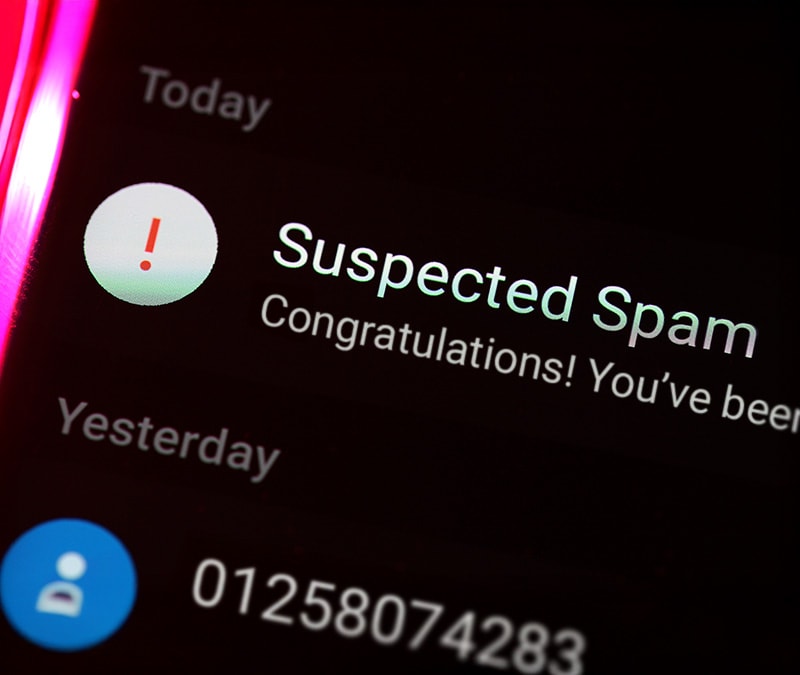E-card scams—Beware of what lurks in your inbox
E-card scammers pounce on your inbox with a "sweet" message. But don't be fooled—these sneaky scams can swipe your personal info in a snap.

Imagine this: You're casually surfing the internet when suddenly, a message appears—someone has sent you an e-card. Excitement tingles as you anticipate a heartwarming note, a hilarious animation, or maybe a virtual bouquet of flowers. But pause. What if behind that innocent-looking e-card lurks an eerie scheme?
Since you’ve clicked on this article, you know exactly what lies on the other side of that email: an e-card scam. Now let’s dive into the depths of this digital menace.
How do e-card scams work?
First, you will be enticed to click on a link or download an attachment under the guise of receiving a greeting card or an email invitation from a friend or reputable company. This can take place via email, text, or even social media.
After this, you may be tempted to double-tap on a seemingly harmless link or attachment. Once clicked, this link or attachment can install malware on your device within seconds or be used to get access to your device and personal information.
4 threats posed by e-card scams
Once they get to your device, scammers can do serious harm in a variety of ways. Here are three of them.
1. Identity theft
A type of malware known as spyware might be able to gather personal information such as your full name, social security number, bank logins, and other information from your keystrokes or any messages you send and websites you visit.
2. Further spread
A scammer may be able to access your login credentials and hijack your email account. They might send scam emails to your contacts, asking them for money or sending them malicious links.
3. Pop-up party
You might experience pop-up ads that attempt to convince you to buy bogus products. Next thing you know, you’re bombarded with messages from scammers hawking miracle diet pills.
4. Impersonating a company
Another scammer trick is to create a page that looks kind of like an e-card from a company such as Hallmark but also asks you to buy a product or “donate” to a phony charity.
What to do if you think you received a fake e-card
If you think you have received a fake e-card but not sure how to confirm your suspicion, don’t fret. Here are four steps you can take to help avoid the threat.
- Verify the sender’s identity. Delete any “e-card” message or email invitation that doesn’t name a real sender you know. Scammers may claim “a friend” or “a secret admirer” sent you the e-card.
- Double-check with sender. If the message does name someone you know as the sender, contact the person and ask if they sent you an e-card. Wait for confirmation before you click.
- Report suspicious activity. Warn authorities about the scammers by filing complaints with the Federal Bureau of Investigation’s Internet Crime Complaint Center (IC3) as well as the Federal Trade Commission (FTC).
- Protect yourself. Make sure your spam folder is working and install a scam detection tool . Installing security software may prevent further damage if you accidentally clicked on a malicious link.
Goodbye e-card scammers, greetings security
Scammers count on you to assume e-cards are harmless fun. And they can be, after taking the necessary steps to check if the greeting is legitimate. Enjoy the good ones, delete the bad ones, and stay safe.
Editorial note: Our articles provide educational information for you. Our offerings may not cover or protect against every type of crime, fraud, or threat we write about. Our goal is to increase awareness about Cyber Safety. Please review complete Terms during enrollment or setup. Remember that no one can prevent all identity theft or cybercrime, and that LifeLock does not monitor all transactions at all businesses. The Norton and LifeLock brands are part of Gen Digital Inc.





Want more?
Follow us for all the latest news, tips, and updates.